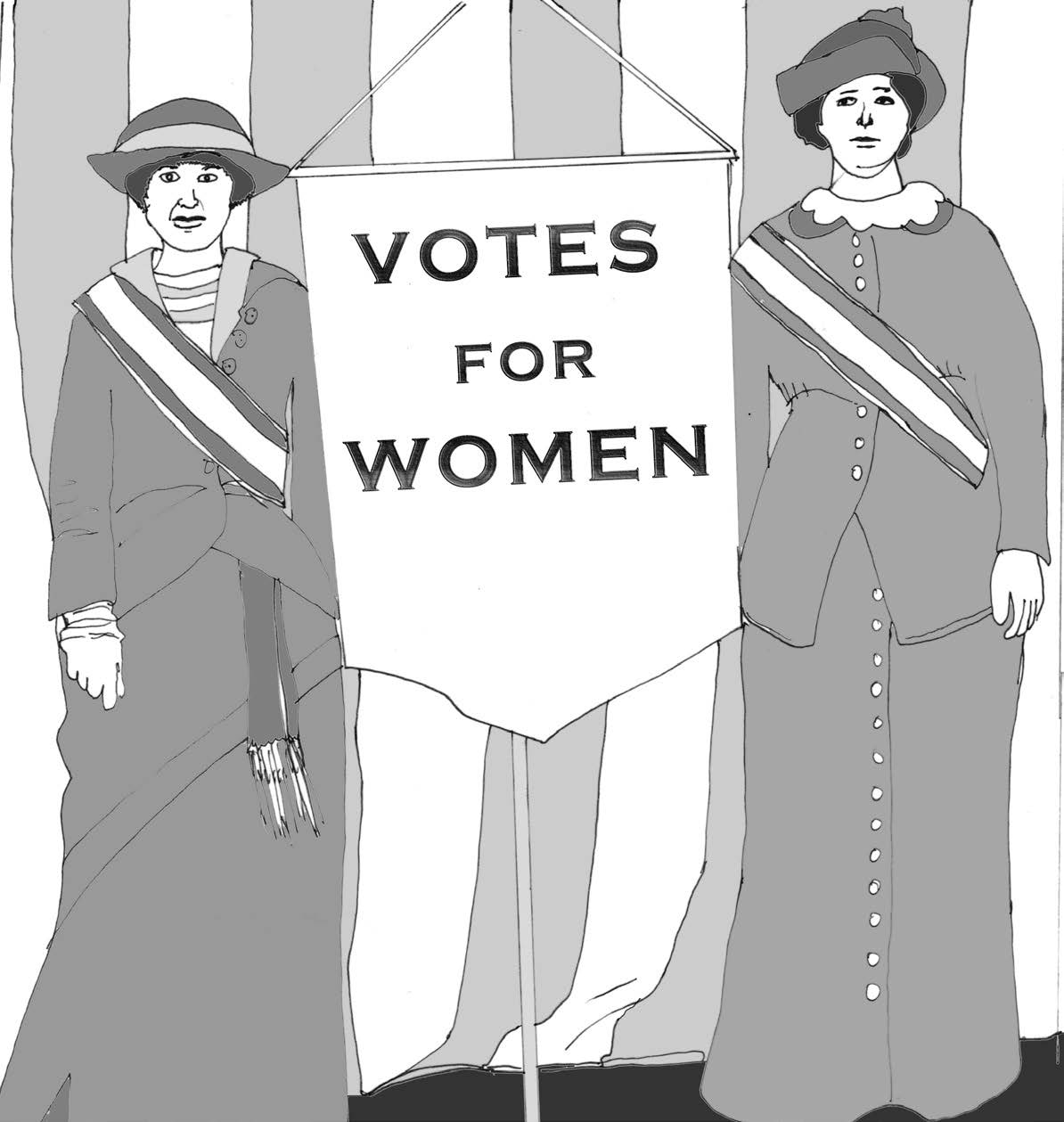
In the 1800s, women weren’t considered equal to men and had very few rights. Anything a woman had belonged to her father or her husband. Women were generally not allowed to hold jobs. If a woman had a job, any money she made belonged to her husband and he chose how to spend it. Women couldn’t own property, nor could they buy or sell land.
Women couldn’t be doctors since medical schools wouldn’t admit women. Most colleges were for men only. There weren’t many high schools for girls and there were only a few colleges for women. Not many women had the opportunity to go to college.
Even elementary schools favored boys. They only taught girls the basics like addition and subtraction. Sometimes they taught the girls how to multiply, but that was it. Susan B. Anthony’s teacher refused to teach her long division because he said it was only for boys. The boys got to learn many things that the girls didn’t, such as Greek and Latin.
Women couldn’t be part of a jury. A jury is made up of 12 people who listen to court cases and decide if the person on trial is guilty or not guilty. This decision is called a verdict. Women went to court for many crimes, but an all-male jury always decided the verdict. This led to many unfair verdicts.
Women were not allowed to vote in local or presidential elections. In fact, men did not want women in politics at all—women weren’t even allowed to give speeches. Well, they were allowed to give speeches to all-women audiences. But they could not give a speech to a male audience or an audience made up of both men and women.
So what could women do? They could be wives, but they couldn’t divorce their husbands if they chose to do so. Only men could decide to get a divorce. Women could have children. They could be schoolteachers or maids. But they made far less money than men did in these jobs. Susan B. Anthony made $2.50 a week as a teacher. A man held that job before she came. He made $10 a week. Susan would make $120 per year while the man would get paid $480 per year for doing the same amount of work. That is a big difference.
As you can see, being a woman in the 1800s was pretty frustrating. It makes sense that women stood up and demanded equal rights.



 About BeeLine
About BeeLine